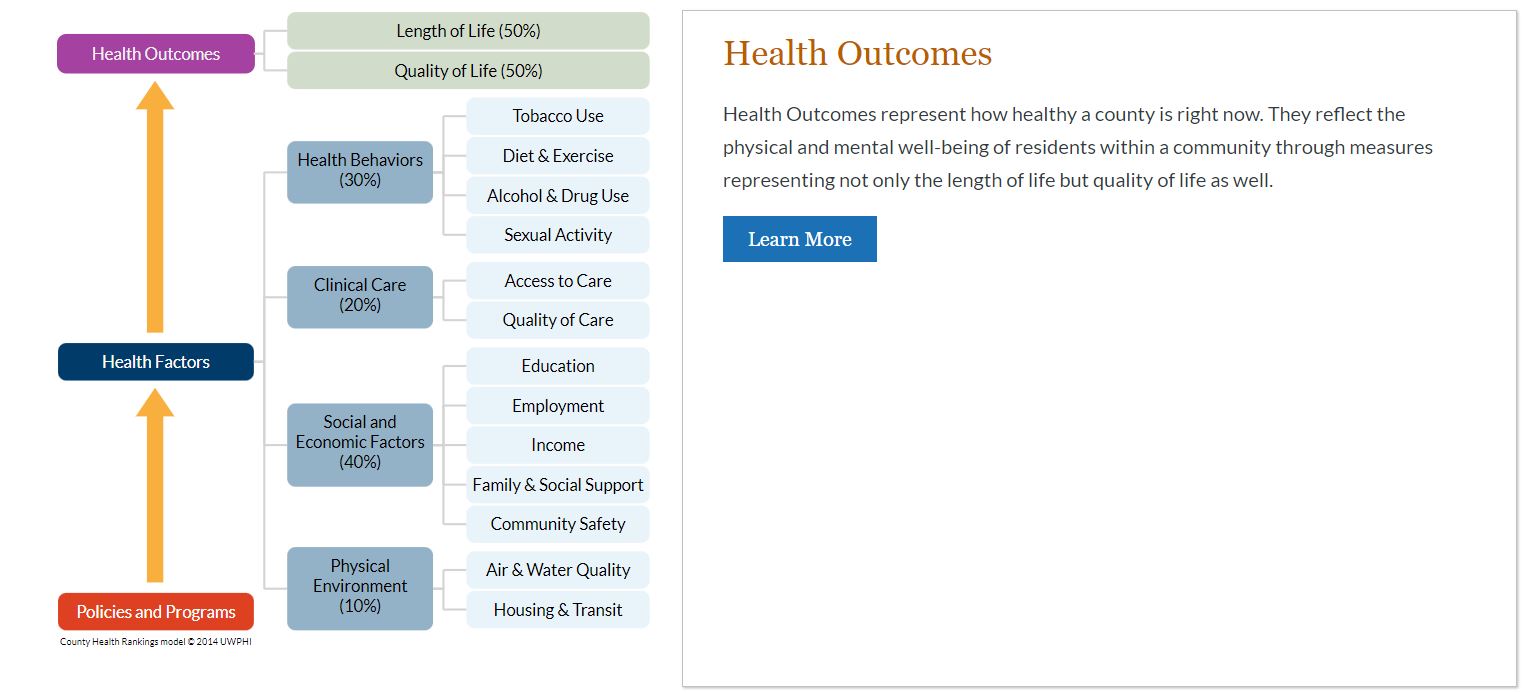Social Determinants of Health (SDOH) are the conditions under which people are born, grow, live, work, and age. Though SDOHs are non-medical, they still have a major impact on health, well-being, and quality of life. According to the U.S Department of Health and Human Services and the Healthy People 2030 initiative, there are five domains of SDOHs: economic stability, education access and quality, health care access and quality, neighborhood and built environment, and social and community context.
- Economic Stability: According to Healthy People 2030, 1 in 10 people live in poverty and can’t afford healthy foods, health care, and housing.
- Education Access and Quality: Healthy People 2030 states “people with higher levels of education are more likely to be healthier and live longer.” It also states that children from low-income families, children with disabilities, and children who routinely experience forms of social discrimination – like bullying – are more likely to struggle in classes like math and reading, and are less likely to graduate from high school.
- Health Care Access and Quality: According to Healthy People 2030, about 1 in 10 people in the United States don’t have health insurance. A lack of health insurance means individuals aren’t seeing primary care physicians and may not be able to afford health care services and needed medications.
- Neighborhood and Built Environment: Healthy People 2030 is focusing on improving health and safety. Many U.S. residents live in neighborhoods with high rates of violence, unsafe air or water quality, and other health and safety risks. Racial/ethnic minorities are more likely to live in places with high risk factors.
- Social and Community Context: Interactions and relationships with family, friends, co-workers, and community members can play a major role on health and well-being, according to Healthy People 2030. In many neighborhoods, residents face challenges and dangers that are out of their control.
The World Health Organization (WHO) states that SDOH circumstances are “shaped by the distribution of money, power, and resources at global, national, and local levels…and are mostly responsible for health inequities – the unfair and unavoidable differences in health status seen within and between countries.”
Having resources available like safe and affordable housing, access to education, public safety, healthy foods, and transportation are part of a whole-person approach that will not only improve individual health, but also population health.
The 1889 Jefferson Center for Population Health continues to focus our work around these community resource needs to improve the health outcomes of the citizens living in Cambria and Somerset counties for years to come.
County Health Rankings & Roadmaps has a fantastic interactive tool that can be utilized to better understand SDOHs and how they affect health outcomes.
Sources:
https://www.cdc.gov/socialdeterminants/about.html
https://www.countyhealthrankings.org/explore-health-rankings/measures-data-sources/county-health-rankings-model?componentType=health-factor&componentId=10

